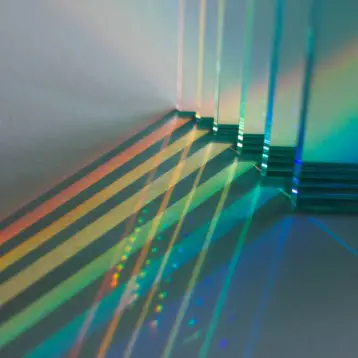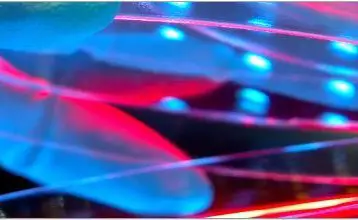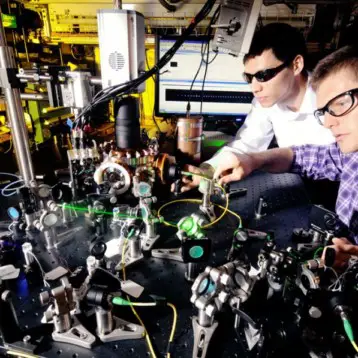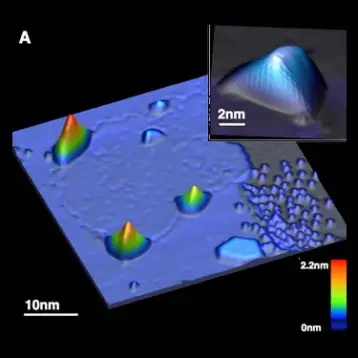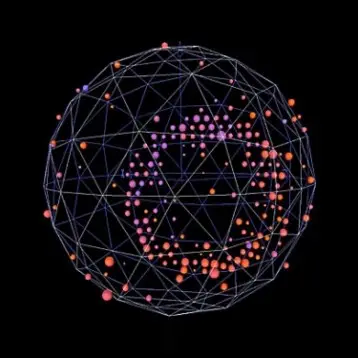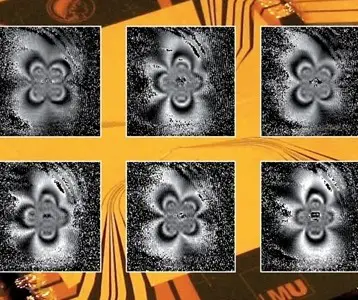CERN management has decided to slowly restart experiments at the Large Hadron Collider (LHC), working its way up to energies of 10TeV by the end of 2009 but holding off on the highest energy collisions of 14 TeV until at least 2011. The new plan was approved following recommendations of LHC staff and balances the need for data to move research forward with the competing need of repairs to the LHC apparatus.
 |
A schematic drawing of the ATLAS
detector, the largest volume particle
detector ever constructed (Credit: CERN) |
|
The LHC is the world’s largest particle accelerator. Its primary structure consists of a 27 kilometer ring of supercold magnets that speed particles through its circuit. Two beams travel at nearly the speed of light in opposite directions through the ring until they collide at one of four set locations corresponding to various particle detectors within LHC.
The LHC only operated for nine days last year before an electrical fault caused a huge helium leak resulting in massive damage to the collider. Repairs include replacing 53 magnets, placement of additional pressure relief valves, and an extensive network of new cable needed to enable a new early warning system attempting to prevent further damage from electrical problems.
 |
The general layout of the LHC ring
showing the location of several
of the particle detectors (Credit: CERN) |
|
The LHC is home to six major particle physics experiments. ATLAS and CMS are general purpose detectors designed to investigate a large range of particles including the Higgs boson and dark matter. ALICE is an ion detector designed to recreate conditions presents in the universe shortly after the Big Bang. The LHCb examines the differences between matter and antimatter. TOTEM is designed to measure the size of the proton and to monitor the luminosity of the LHC itself. Finally, the LHCf simulates cosmic rays in laboratory conditions.
According to current plans, the LHC will inject protons back into the LHC in September 2009 and generate its first collisions about a month later. It will operate throughout the winter without the usual planned maintenance period and ions will be injected into the system at some point in late 2009. Ion collisions such as those measured by ALICE may resume by late 2010 with full operation planned for some time in 2011. It is unclear exactly which experiments will resume at each point in the timeline.
You can read more about the Large Hadron Collider, its goals, its physical structure, and the various experiments and detectors on the
CERN pages devoted to the LHC. More in-depth information is also available in the
CERN LHC brochure (PDF).



